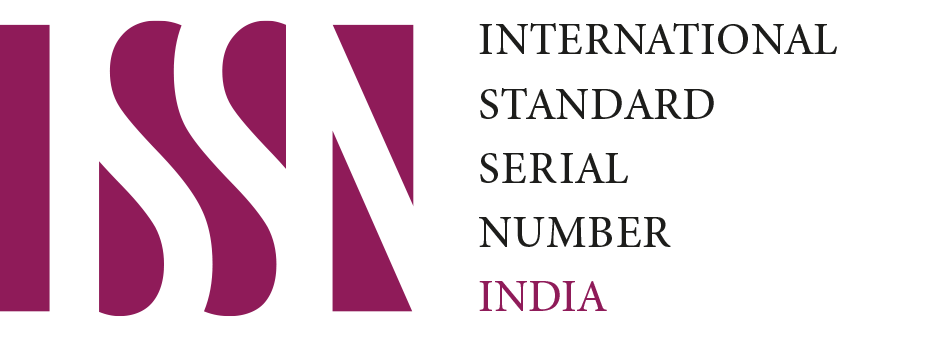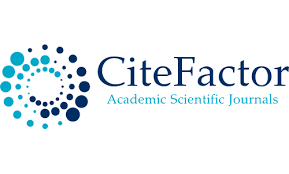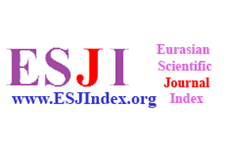APPROACHES TO TEACHING AGRICULTURAL UNIVERSITY STUDENTS A FOREIGN LANGUAGE FOR PROFESSIONAL COMMUNICATION
Qurbonova Dildora Bazarovna
Teacher of Termez Institute of Agrotechnology and Innovative Development
Keywords: professional foreign language, foreign language for specific purposes, content and language integrated learning, agricultural university
Abstract
Currently, there are three methodical approaches in the methods of teaching a professional foreign language: 1) a foreign language for specific purposes, 2) teaching specialized disciplines in a foreign language, and 3) an integrated approach. Each of them is focused on achieving specific learning objectives. Content and language integrated learning has a significant professional and linguodidactic potential. Its distinguishing feature lies in the fact that within the framework of one integrated course, students simultaneously develop a professional foreign language communicative competence and professional competencies. The purpose of the research is to compare these three methodical approaches to learning and determine which of them are used in teaching students of agricultural universities. The study showed that at the moment the subject-thematic content of integrated courses has been developed for students of such areas of study as “Agrochemistry and Agrosoil Science”, “Gardening”, “Agroengineering” and “Technology of Production and Processing of Livestock Products”. The methodical dominant in the context of the implementation of integrated learning is the system of problematic foreign language professional tasks. Typologies of such tasks and professional cases were developed for students of the areas of study “Agroengineering” and “Technology of Production and Processing of Livestock Products”. As for students of other areas of training of an agricultural university, at the moment they are studying a foreign language for specific purposes.
References
Zavyalov V.V. Modeli obucheniya inostrannomu yazyku dlya professional’nykh tseley studentov nelingvisticheskikh napravleniy podgotovki [Models of teaching a foreign language for professional purposes of students of non-linguistic areas of training]. Derzhavinskiy forum – Derzhavin Forum, 2018, no. 6, pp. 175-184. (In Russian).
Sysoyev P.V. Diskussionnyye voprosy vnedreniya predmetno-yazykovogo integrirovannogo obucheniya studentov professional’nomu obshcheniyu v Rossii [Controversial issues of the introduction of content and language integrated learning approach to teaching foreign language professional communication in Russia]. Yazyk i kul’tura – Language and Culture, 2019, no. 48, pp. 349-371. https://doi.org/10.17223/ 19996195/48/22. (In Russian).
Popova N.V., Kogan M.S., Vdovina E.K. Predmetno-yazykovoe integrirovannoe obuchenie (CLIL) kak metodologiya aktualizatsii mezhdistsiplinarnykh svyazey v tekhnicheskom vuze [Content and Language Integrated Learning (CLIL) as actualization methodology of interdisciplinary links in technical university]. Vestnik Tambovskogo universiteta. Seriya: Gumanitarnye nauki – Tambov University Review. Series: Humanities, 2018, vol. 23, no. 173, pp. 29-42. https://doi.org/10.20310/1810-0201-2018-23-173-29-42. (In Russian).
Zavyalov V.V. Pedagogicheskiye usloviya predmetno-yazykovogo integrirovannogo obucheniya studentov nelingvisticheskikh napravleniy podgotovki (na primere napravleniya podgotovki «Yurisprudentsiya» [Pedagogical conditions of content and language integrated learning of students of non-linguistic directions of training (on the example of the direction of training “Law”)]. Obshchestvo. Kommunikatsiya. Obrazovaniye – Society. Communication. Education, 2021, no. 2, pp. 63-74. https://doi.org/10.18721/JHSS.12205. (In Russian).
Solomatina A.G. Obuchenie inostrannomu yazyku dlya professional’nykh tseley na osnove modeli integrirovannogo predmetno-yazykovogo obucheniya v agrarnom vuze [Teaching a foreign language for professional purposes course on the basis of the model of content and language integrated learning in an agricultural institution]. Vestnik Tambovskogo universiteta. Seriya: Gumanitarnye nauki – Tambov University Review. Series: Humanities, 2018, vol. 23, no. 173, pp. 49-57. https://doi.org/10.20310/1810-0201-2018-23- 173-49-57. (In Russian)
Katayev Salaxiddin Valiqul o’g’li. (2023). INTERNATIONAL RECOGNITION OF YOUTH POLICY OF NEW UZBEKISTAN. International Journal of Formal Education, 2(6), 228–233. http://journals.academiczone.net/index.php/ijfe/article/view/990
Katayev Salaxiddin Valiqul o’g’li. Creating Presentation Programms for Teachers. Gospodarka i Innowacje. 19, 17-20. 2022
Katayev Salaxiddin Valiqul o’g’li. (2023). THE ROLE OF A PROFESSIONAL FOREIGN LANGUAGE FOR WORKERS IN THE AGRICULTURAL SECTOR. Miasto Przyszłości, 36, 286–288. http://miastoprzyszlosci.com.pl/index.php/mp/article/view/1525
Katayev S.V The Role Of Foreign Languages In Agriculture. Science and innovation 1 (B7), 638-640. 2022
Babanazarovna, K. D. . (2022). SYSTEM OF ENGLISH WORDS IN UZBEK LANGUAGE. Евразийский журнал академических исследований, 2(2), 272–275. извлечено от https://in-academy.uz/index.php/ejar/article/view/1102
Abdinazarovich, B. S. (2022). YOZUV VA UNING KELIB CHIQISH TARIXI. TA'LIM VA RIVOJLANISH TAHLILI ONLAYN ILMIY JURNALI, 2(4), 116-119.
Xudaybergan, K. (2023). METHODS OF LANGUAGE TEACHING TO AGRICULTURAL STUDENTS. Ustozlar uchun, 17(2), 136-139.
Mengliev, B. N. (2022). Problems of formation of pedagogical competence of physical education teachers. Eurasian Journal of Sport Science, 2(1), 79-86.
Kuchkinov Xudaybergan. (2023). LANGUAGE TEACHING TO AGRICULTURAL STUDENTS BASED ON THE TERM OF SPECIALIZATION. Proceedings of International Educators Conference, 2(4), 131–134. https://econferenceseries.com/index.php/iec/article/view/1869
Babanazarovna, K. D. (2023). USE OF DIDACTIC GAMES IN THE TRANSITION TO ENGLISH IN ELEMENTARY CLASS. PEDAGOGIKA, PSIXOLOGIYA VA IJTIMOIY TADQIQOTLAR, 2(3), 9-13.
Tangirkulova, K. . (2023). A CROSS-SECTIONAL STUDY OF DRUG NAMES USED IN THERAPEUTIC DISEASES IN ENGLISH AND UZBEK LANGUAGES. Евразийский журнал академических исследований, 3(6), 180–184. извлечено от https://in-academy.uz/index.php/ejar/article/view/16809

















